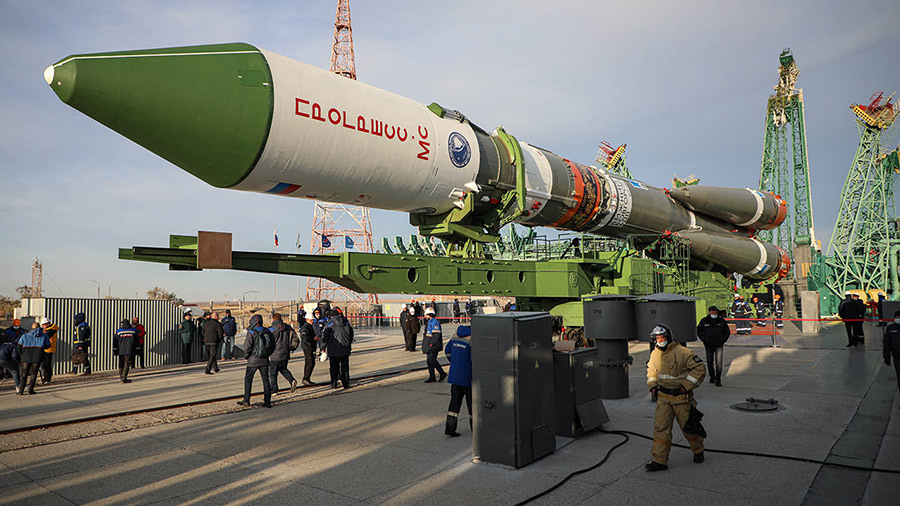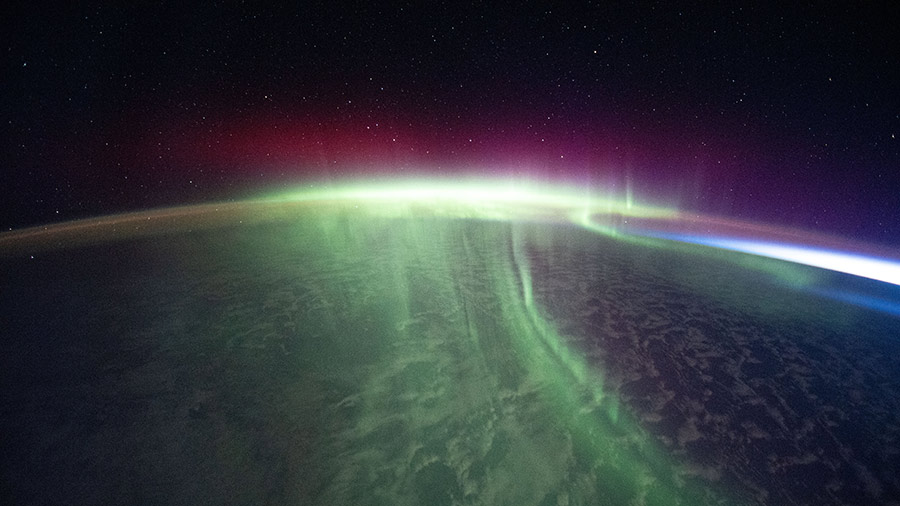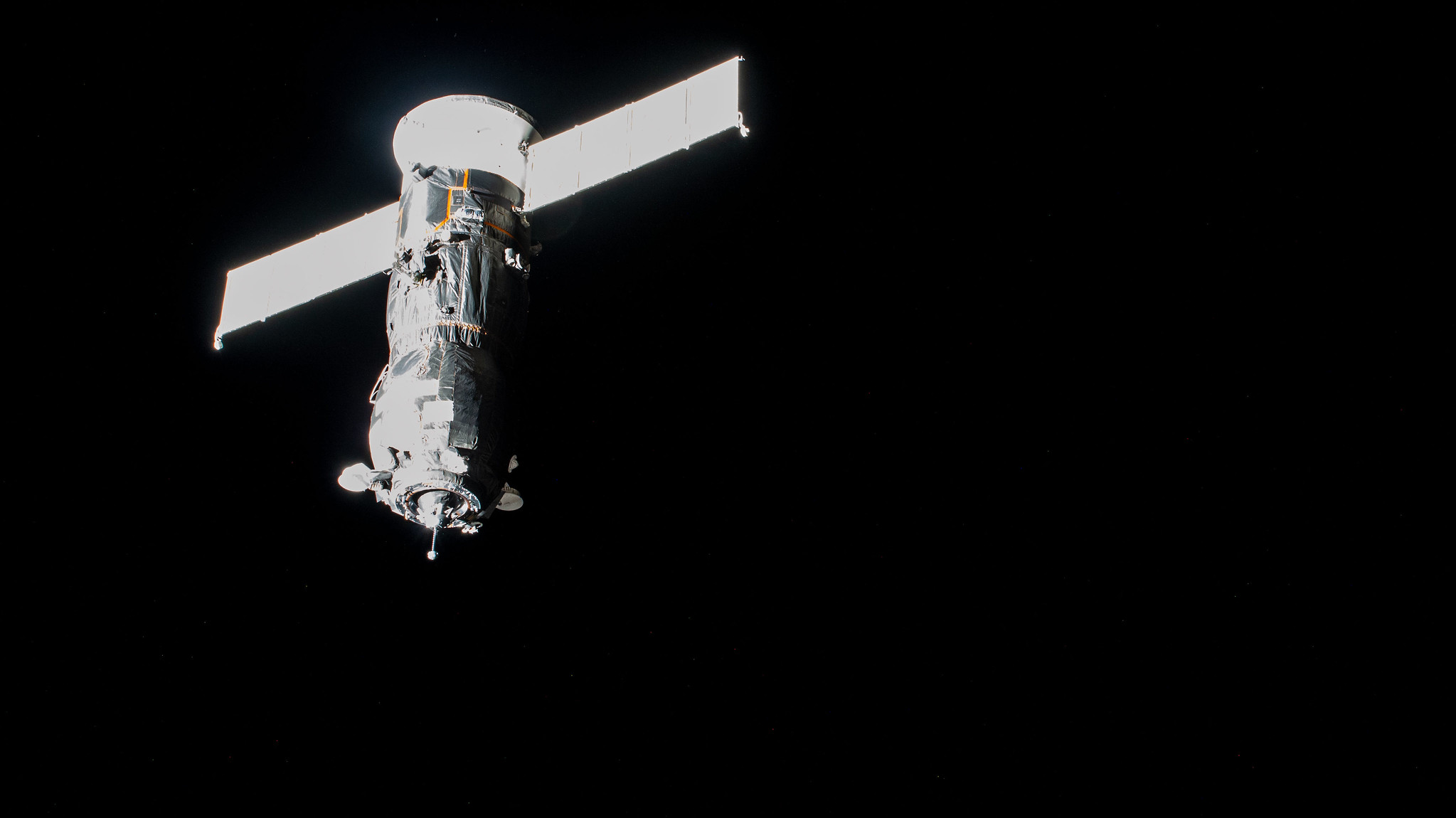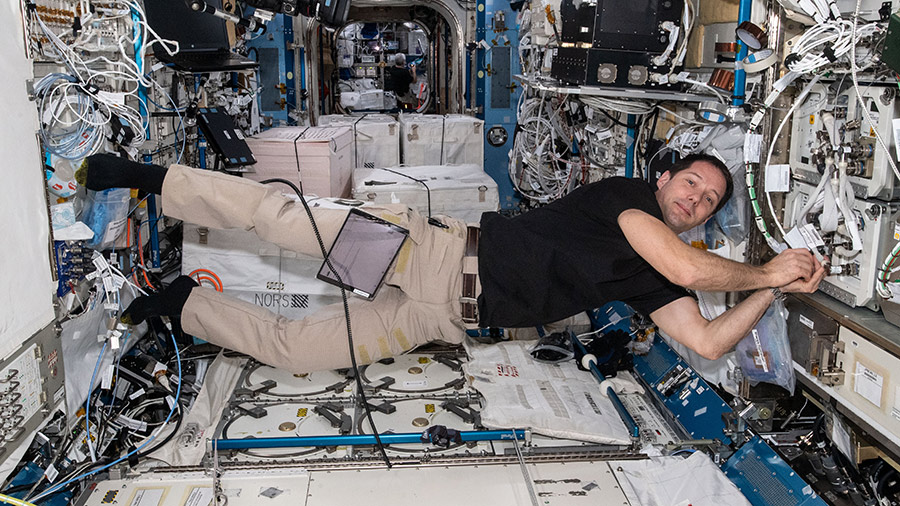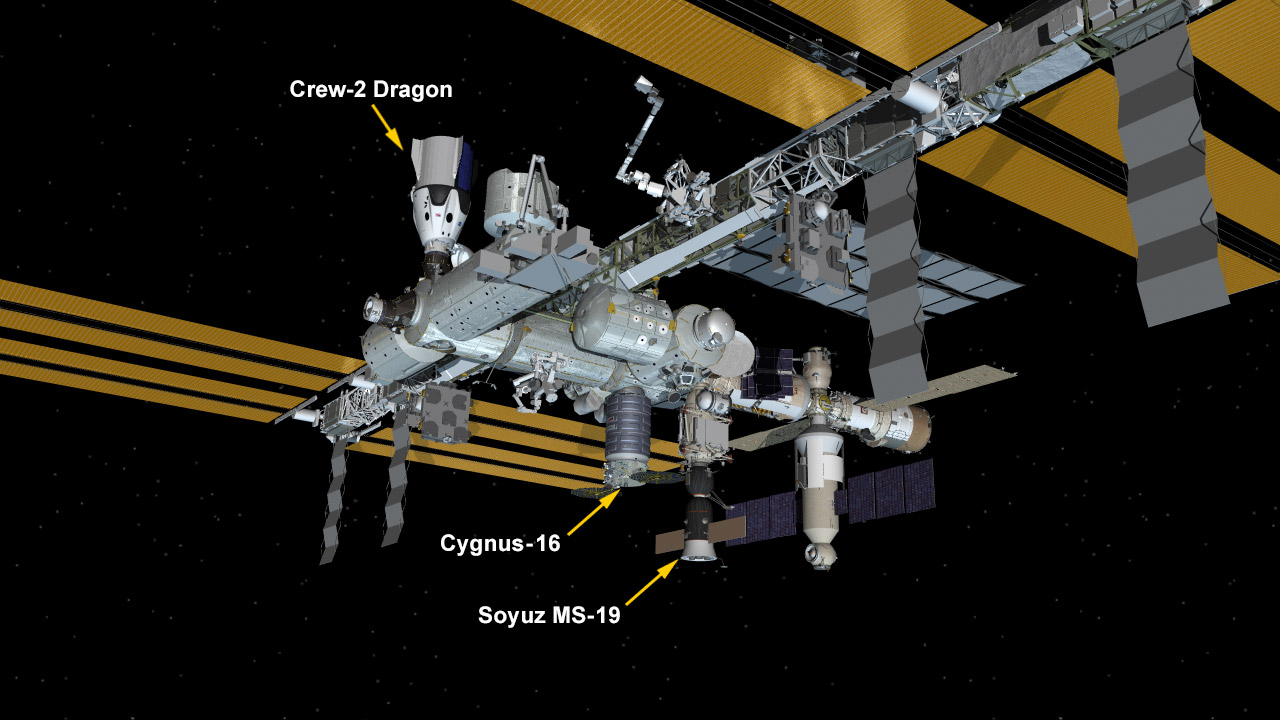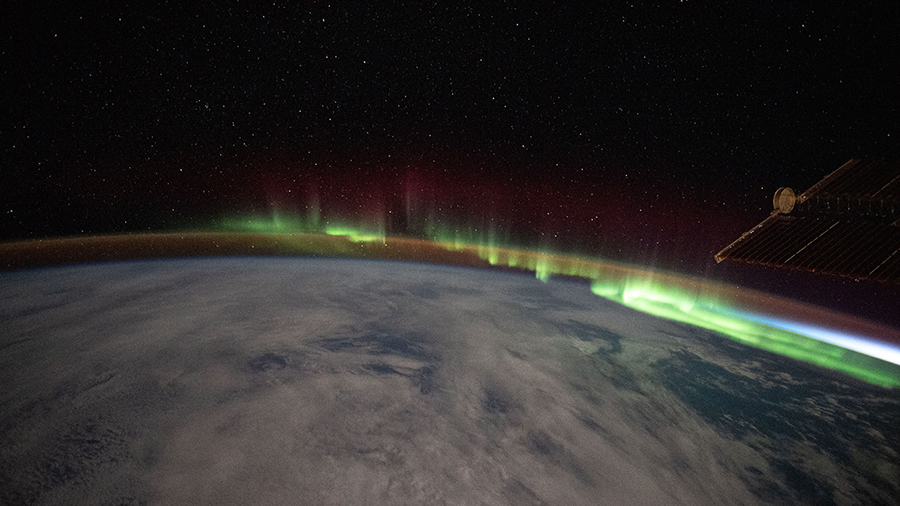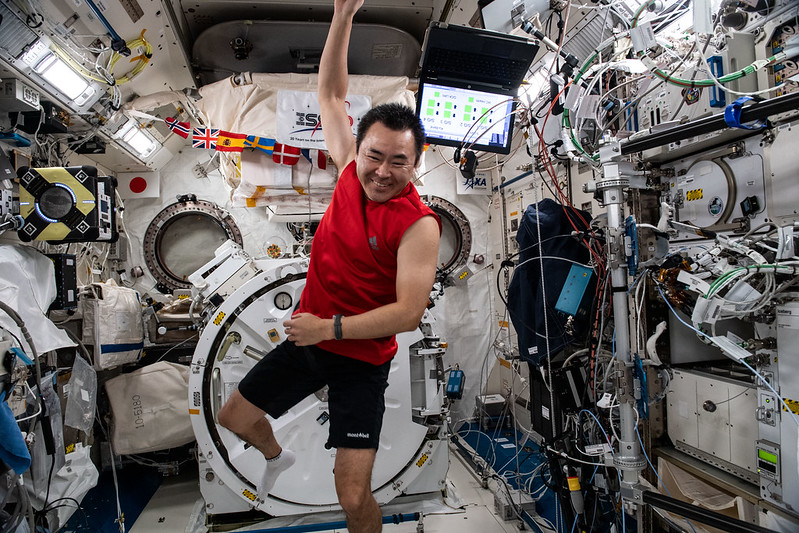
The seven-member Expedition 66 crew is getting ready for a Russian cargo mission and the arrival and departure of two commercial crews over the next several days. Nevertheless, a host of advanced space research is ongoing today aboard the International Space Station keeping the orbital residents busy and focused.
Russia’s ISS Progress 79 resupply ship stands atop its rocket today at the Baikonur Cosmodrome launch pad in Kazakhstan. Loaded with nearly three tons of cargo, the Progress 79 is due to blast off toward the orbiting lab on Wednesday at 8 p.m. EDT and replenish the station crew two days later. NASA TV on the agency’s website and the NASA app will broadcast both mission events live.
Mission managers gave a “go” on Monday for all teams to proceed toward this weekend’s launch of the SpaceX Crew-3 mission. The four Crew-3 astronauts are in Florida counting down to their launch aboard the SpaceX Crew Dragon Endurance on Sunday at 2:21 a.m. The commercial crew foursome, Commander Raja Chari, Pilot Thomas Marshburn and Mission Specialists Kayla Barron and Matthias Maurer, will dock to the Harmony module’s forward port just one day later.
Four space station astronauts spent Monday afternoon getting ready for their return to Earth aboard the SpaceX Crew Dragon Endeavour in November. Crew-2 Commander Shane Kimbrough joined Pilot Megan McArthur and Mission Specialists Akihiko Hoshide and Thomas Pesquet and practiced their undocking and departure procedures on a computer. The quartet then called down to NASA and SpaceX mission controllers and discussed their upcoming ride through Earth’s atmosphere and splashdown off the coast of Florida.
Science as usual is continuously ongoing aboard the space station. NASA Flight Engineer Mark Vande Hei swapped fuel bottles inside the Combustion Integrated Rack. Next, he removed a specialized microscope from the Fluids Integrated Rack to start work on the Flow Boiling and Condensation Experiment. Hoshide, of the Japan Aerospace Exploration Agency (JAXA), serviced samples inside the Electrostatic Levitation Furnace that enables safe research into high temperature physics in space.
Cosmonauts Anton Shkaplerov and Pyotr Dubrov spent the day in the station’s Russian segment on their complement of space research and lab maintenance. Shkaplerov studied the behavior of plasma-dust structures using neon and argon gases before cleaning Soyuz crew ship fan screens and working on a Russian oxygen generator. Dubrov had a physical fitness test then moved on and checked electrical connections between the Zvezda service module and the Nauka multipurpose laboratory module.

